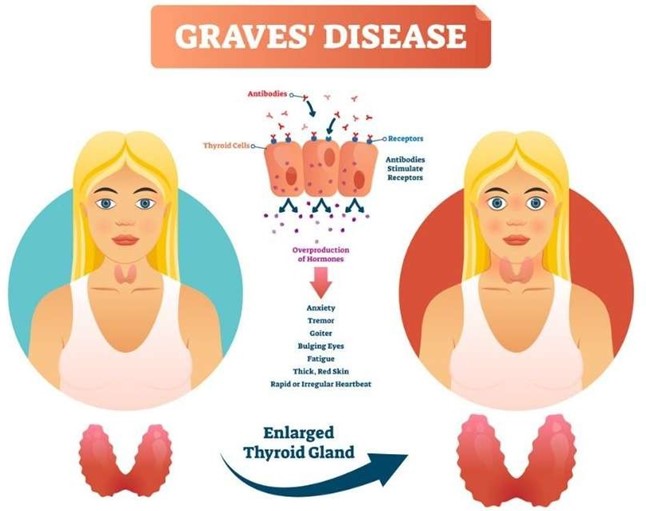Subcutaneous Heparin Administration.
A nurse is preparing to administer heparin subcutaneously to a client.
Which of the following actions should the nurse plan to take to minimize bleeding following the injection?
Use the Z-track method to administer the medication.
Grasp skin between thumb and forefinger throughout the injection.
Aspirate the syringe prior to injecting the heparin.
Gently massage the site following the injection.
The Correct Answer is B
When administering heparin subcutaneously, the nurse should grasp the skin between the thumb and forefinger throughout the injection to minimize bleeding following the injection.
Choice A is wrong because Use the Z-track method to administer the medication, is not the correct answer because the Z-track method is a technique used for intramuscular injections, not subcutaneous injections.
Choice C is wrong because Aspirate the syringe prior to injecting the heparin, is not the correct answer because aspiration is not necessary when administering heparin subcutaneously.
Choice D is wrong because Gently massage the site following the injection, is not the correct answer because massaging the injection site can increase the risk of bruising and bleeding.
Nursing Test Bank
Naxlex Comprehensive Predictor Exams
Related Questions
Correct Answer is C
Explanation

Methimazole is a medication used to treat hyperthyroidism, a condition where the thyroid gland produces too much thyroid hormone.
Bradycardia, or a slow heart rate, can be a sign that the client’s thyroid hormone levels have become too low, indicating that the dose of methimazole may need to be decreased.
Choice A is wrong because Exophthalmos, is not an indication for a lower dose of methimazole as it is a symptom of Graves’ disease itself and not related to the medication.
Choice B is wrong because Diaphoresis, or excessive sweating, is also not an indication for a lower dose of methimazole as it can be a symptom of hyperthyroidism.
Choice D is wrong because Weight loss, is also not an indication for a lower dose of methimazole as it can be a symptom of hyperthyroidism.
Correct Answer is A
Explanation

Expired medications should not be used and should be disposed of properly. The best way to do this is to return them to the pharmacy for proper disposal.
Choice B is wrong because flushing medications down the toilet can contaminate the water supply and harm the environment.
Choice C is wrong because expired medications should not be placed back in the medication cart as they may accidentally be used.
Choice D is wrong because notifying the provider about expired medications is not necessary as it is the responsibility of the nurse to properly dispose of them.
Whether you are a student looking to ace your exams or a practicing nurse seeking to enhance your expertise , our nursing education contents will empower you with the confidence and competence to make a difference in the lives of patients and become a respected leader in the healthcare field.
Visit Naxlex, invest in your future and unlock endless possibilities with our unparalleled nursing education contents today
Report Wrong Answer on the Current Question
Do you disagree with the answer? If yes, what is your expected answer? Explain.
Kindly be descriptive with the issue you are facing.
